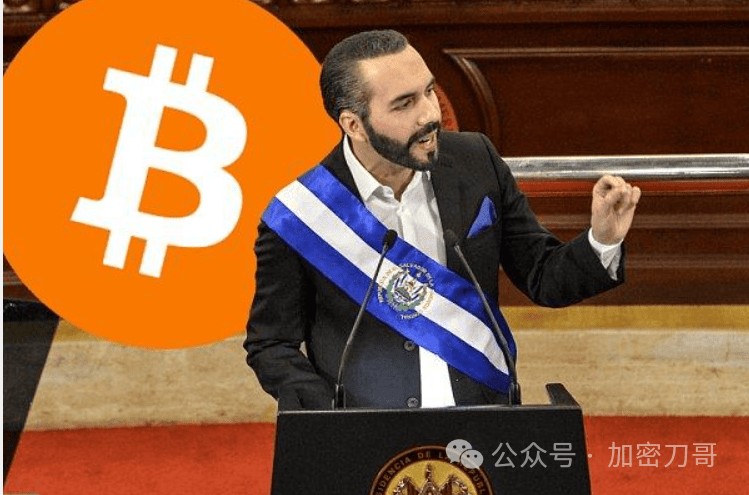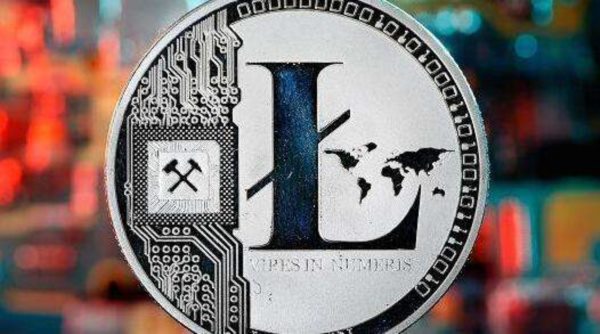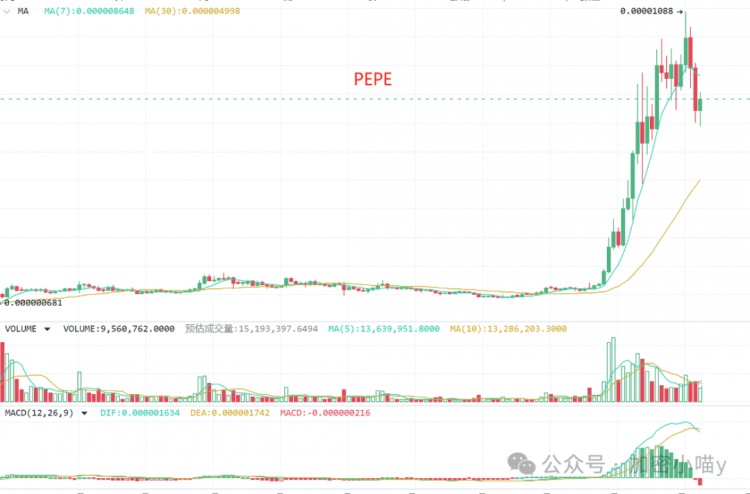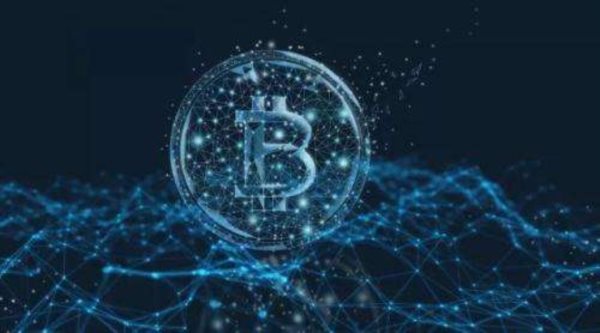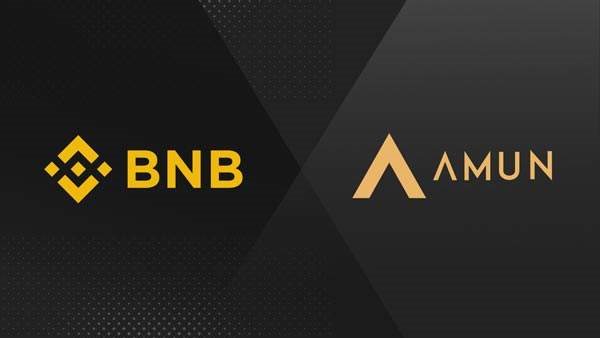时间:2024-04-10|浏览:209

用戶喜愛的交易所

已有账号登陆后会弹出下载
Original title: Part 5: Innovation on Bitcoin and Structure of Fees
Original author: Bitfinex
Original source: Bitfinex
Compiled by: Mars Finance, MK
“The total supply of Bitcoins will eventually reach 21,000,000. Bitcoins are distributed to network nodes as new blocks are created, and the number of Bitcoins is halved every 4 years. The first 4 years are 10,500,000, the next 4 years are reduced to 5,250,000, the next 4 years are reduced to 2,625,000, and so on. When all Bitcoins have been mined, the system can be self-sustaining through transaction fees. This mechanism relies on competition in the open market to always find nodes willing to process transactions for free or at a low fee.
How does Bitcoin’s wave of innovation shape the network ecosystem?
The Bitcoin network, traditionally viewed as a powerful, secure, somewhat static ledger system, is experiencing a renaissance of innovation and experimentation. The latest developments including Ordinals, Stamps, Runes, BRC-20 and ORC-20 tokens, as well as Layer 2 projects such as RGB, Mintlayer, Mercury Layer, Ark, and Chaumian ECash projects such as Fedimint and Cashu, all demonstrate technology The vitality of progress and creativity. These advancements are not simply extensions of the technology; they significantly enhance Bitcoin’s utility, transforming it from a single store of value and medium of exchange into an all-in-one platform that supports complex financial instruments, digital assets, and privacy-enhanced transactions. These innovations, interacting with the upcoming Bitcoin halving event, may introduce new dynamics to the network fee structure, affecting miner incentives and Bitcoin's overall economic model.
The rise of tokenization, smart contracts, and private transactions on Bitcoin’s layer 2 protocols and sidechains has challenged the Ethereum-centric DeFi and NFT paradigm. Projects such as RGB, Liquid Network, and Mintlayer have led the trend of tokenization of traditional assets and securities on Bitcoin, gradually blurring the boundaries between traditional financial markets and the growing digital asset economy. At the same time, privacy-focused projects such as Mercury Layer and Chaumian E-Cash’s Fedimint and Cashu are reshaping the anonymity and financial privacy of blockchain transactions. These developments are not isolated attempts, but a series of collaborative efforts to enhance Bitcoin’s functionality, scalability, and its appeal as a versatile financial infrastructure.
Bitcoin’s expected fourth halving is particularly important in this innovative context, acting as both a catalyst for economic recalibration and a test of Bitcoin’s maturing ecosystem. A reduction in block rewards could increase competition for block space, driving up transaction fees, which in turn would have a premium effect on efficient use of the network. This could incentivize users to seek out alternative trading venues, further spurring innovation and adoption of layer 2 solutions and sidechains, which could benefit. Conversely, increased fees could limit certain applications of the main chain, prompting a reassessment of which activities are best suited for Bitcoin’s base layer and its complementary protocols.
These innovations and their broader impact on the Bitcoin network and security model remain to be seen. While there is optimism about the potential of these developments to enhance Bitcoin’s utility and market position, the impact on network congestion, fee market dynamics, and Bitcoin’s decentralized core must also be considered. The interplay between Layer 2 solutions, sidechain projects, and the economic changes triggered by the halving may affect the trajectory of Bitcoin’s future development. How the Bitcoin community navigates these changes and finds a balance between innovation, economic incentives, and Bitcoin’s fundamental principles will play a key role in its future promise as a disruptive financial technology.
Does tokenization on Bitcoin create a sustainable fee market?
The rise of tokenized projects on the Bitcoin network, such as Ordinals, Stamps, and BRC-20 tokens, has introduced a new and controversial layer of activity. While not originally designed as part of Bitcoin’s core functionality, these projects have become an important factor in supplementing the network’s fee market. In some cases, transaction fees generated by these tokenized activities have surpassed the current 6.25 Bitcoin block reward, demonstrating their potential impact on the network’s economic model. Innovative applications of Bitcoin’s base layer, including tokenized storage of non-financial data such as images, videos, games, and text, have inadvertently promoted new demand for block space, thereby increasing transaction fees.
However, the nature of these tokenized projects, often described as “collectively hacked,” raises widespread questions about their long-term viability and sustainability as a source of revenue for the Bitcoin network. Ordinals, Stamps, and BRC-20 tokens technically exploit specific features of the Bitcoin protocol in a way that was not initially foreseen, sparking a lively debate within the community about the appropriateness of such uses and their efficiency. While these projects have undoubtedly made a positive contribution to increasing fee revenue in the short term, their reliance on the existing structure of the Bitcoin blockchain means that these projects are inherently limited by the scalability and cost constraints imposed by the growing demand for block space.
Looking ahead, the upcoming Bitcoin halving event will further intensify the economic dynamics supporting these tokenized projects. As the block reward is halved, the issuance of new Bitcoins becomes more scarce, which is expected to drive up transaction fees, thus becoming a significant component of miner revenue. This shift could lead to rising block space fees, with miners seeking higher fees to compensate for the reduced block rewards. In this scenario, the economic viability of projects such as Ordinals, Stamps, and BRC-20 tokens may be challenged, as the cost of embedding large amounts of non-financial data into the blockchain may become prohibitive for many users. The potential increase in transaction fees after the halving may prioritize financial transactions over these innovative tokenized applications, potentially leading to the marginalization of the latter as a sustainable source of fee income.
While these unexpected tokenization projects have temporarily propped up Bitcoin’s fee market, their future remains uncertain in the face of fee increases due to the halving. The innovative and unintended implementations of these projects, coupled with the impending reordering of block space scarcity and economic viability, suggest that these applications may not be a major source of Bitcoin fee revenue in the long term. As the network continues to evolve, balancing innovation with economic sustainability will be critical to determining the role of these non-traditional tokenization projects in the broader Bitcoin ecosystem, especially as more people are inclined to adopt more elegant and efficient tokenization solutions.
Can Layer 2 Protocols Ensure Miner Profitability? The Bitcoin halving, scheduled for later this month, will reduce the block reward to 3.125 Bitcoins, raising concerns about the economic sustainability of the network and the financial health of miners. At this critical juncture, non-traditional tokenization projects such as Ordinals, BRC-20 tokens, and Stamps have temporarily supplemented Bitcoin’s fee market and, at times, even surpassed the block reward in terms of fee revenue. However, the expected rise in transaction fees has cast uncertainty over the long-term viability of these projects, especially as block space becomes an even more scarce resource post-halving. This scarcity raises a critical question as to whether existing Layer 2 protocols, which aim to enhance scalability and reduce on-chain congestion through offloading of economic activity, can generate enough fee revenue to maintain miner profitability.
Layer 2 solutions like the Lightning Network and sidechains like Liquid have played an important role in expanding Bitcoin's transaction capacity while maintaining the integrity and decentralized nature of the base layer. By facilitating fast and low-cost off-chain transactions, these protocols not only improve the user experience, but also potentially provide new revenue streams for miners through mechanisms such as opening and closing payment channels. However, whether these off-chain solutions can compensate for the reduction in block rewards by increasing transaction volume remains an open question. The effectiveness of Layer 2 protocols in maintaining miner income will largely depend on their adoption rate, the growth of usage, and the extent to which they can incentivize on-chain settlement of transactions.
The halving event highlights the need for a deeper re-evaluation of Bitcoin’s economic incentive structure. As block rewards decrease, reliance on transaction fees as the primary source of revenue for miners will inevitably increase. This shift necessitates the need for innovative ways of fee generation that align with the network’s security and censorship-resistance principles. Against this backdrop, the development and adoption of Layer 2 solutions is more important than ever, and these protocols must not only provide scalability and efficiency gains, but also create an economic environment where miners can thrive on transaction fees alone.
